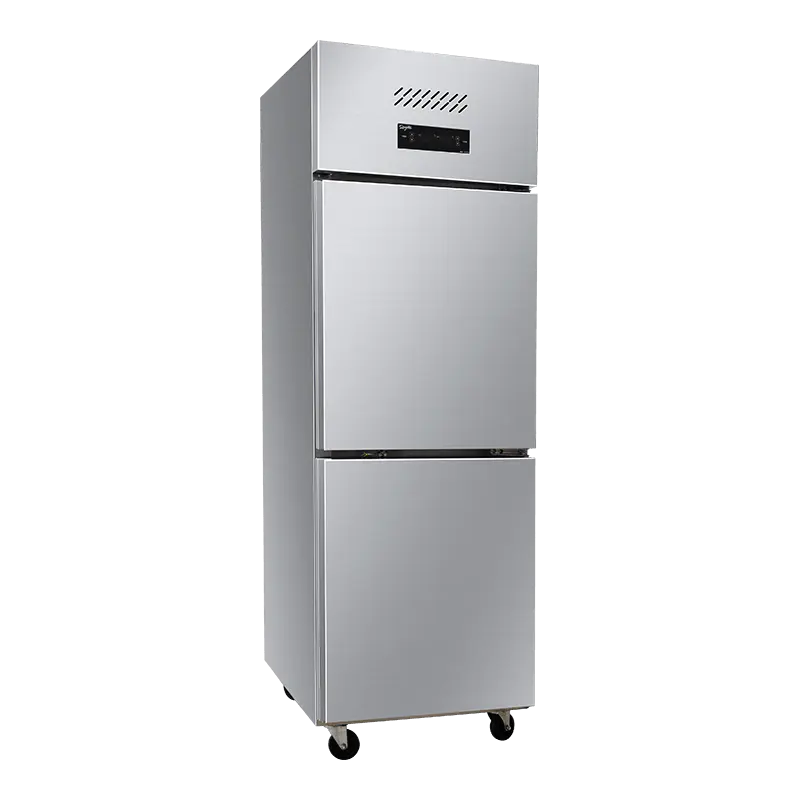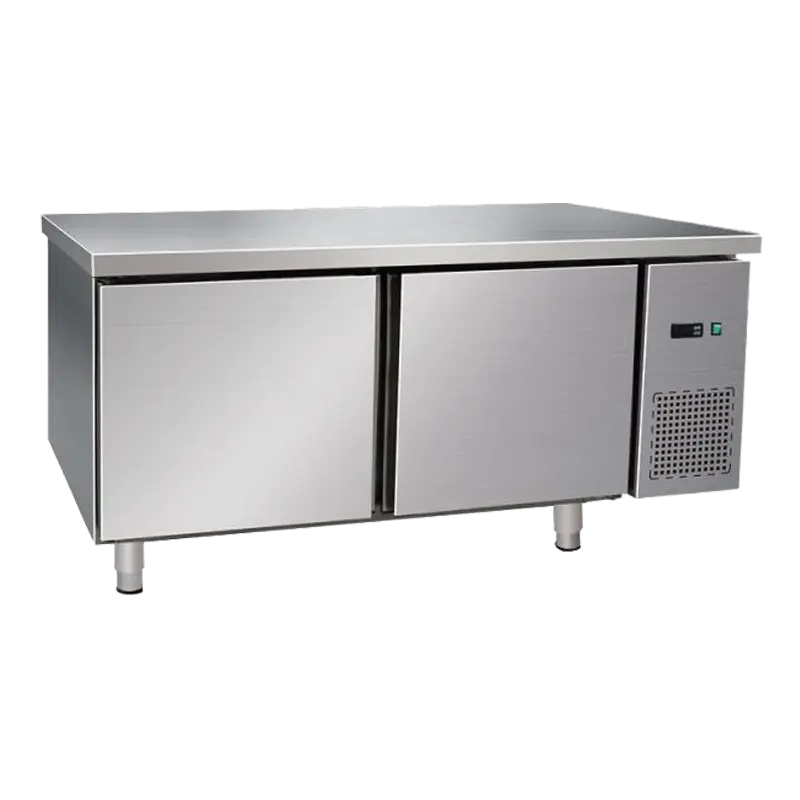1. Choosing the Right Ice Machine
Selecting the correct ice machine starts with matching production capacity to your peak hourly demand and the type of ice your operation needs. Consider daily peak use (for example: bar service, banquet shift, or continuous beverage service), ice type (cube, nugget, flake), and available utility connections (water pressure, drain location, and electrical supply). Undersizing creates supply shortfalls; oversizing wastes energy and budget.
Production capacity vs. real demand
Estimate peak hourly demand by analyzing the busiest 2–4 hours of operation. Multiply peak hourly usage by the number of peak hours to be confident the machine plus bin will cover service without running dry. When in doubt, choose a unit with 10–20% extra capacity to handle special events or warmer days.
Ice type and application
Different ice types suit different uses: clear cubes for display/retail, nugget ice for beverages and healthcare, and flake ice for food prep and display. Pick an ice machine model that produces the desired ice morphology and check if the machine supports sanitizable production components for foodservice or medical needs.
2. Sizing Ice Bins and Storage
Ice bin size should be specified by both the ice machine's hourly output and your storage turnover. Bins sized too small will force frequent runs of the ice machine and reduce ice quality; bins too large increase condensed melt and waste. Use the table below to match typical machine output to recommended bin capacities.
| Machine Output (lbs/24 hr) | Typical Peak Hour Output (lbs/hr) | Recommended Bin Capacity (lbs) | Use Case |
| 200–300 | 10–15 | 150–250 | Small café, small bar |
| 500–800 | 25–40 | 400–700 | Full-service restaurant, medium bar |
| 1000–2000 | 50–100 | 800–1600 | Hotels, banquet kitchens, large hospitals |
Placement and clearance
Allow manufacturer-specified clearance for airflow and service access: ventilation, refrigerant lines, water inlet, and electrical access. Place bins close to the machine to minimize transfer loss and avoid long run-outs where melting increases. If installing under-counter, verify bin height and door swing clearance for loading and servicing.
3. Water & Electrical Requirements
Reliable water quality and stable electrical supply are essential. Hard water, sediment, or chlorine can shorten machine life and reduce ice clarity. Ensure correct voltage, breaker size, and wire gauge per the machine nameplate. If water pressure is below manufacturer minimum, install a booster or choose a model tolerant of low pressure.
Filtration and water treatment
- Install pre-filter(s) to remove sediment and scale-forming minerals.
- Use carbon filtration to reduce chlorine that affects ice taste and odors.
- Consider a water softener where hardness exceeds recommended levels to prevent scale buildup on evaporators.
4. Installation Checklist
Follow this checklist to ensure a compliant, efficient installation and to avoid common service calls after start-up.
- Verify correct electrical circuit, breaker, and grounding.
- Confirm water inlet pressure and install pressure regulators if necessary.
- Pre-install recommended water filtration and softening equipment.
- Ensure drain slope and access for condensate and washdown.
- Level the machine and secure the bin to prevent movement during operation.
- Run the machine through a full production cycle and inspect for leaks or unusual noises.
5. Cleaning & Preventive Maintenance
A regular cleaning schedule preserves ice quality and extends equipment life. Frequency depends on water quality and usage intensity: every 3 months is common for moderate use, while hard-water sites may need monthly attention. Always follow manufacturer cleaning chemicals and methods to avoid damaging components.
Daily / Weekly tasks
- Empty and sanitize scoop and external bin surfaces weekly.
- Wipe condenser grills and ensure free airflow.
Quarterly / Annual maintenance
- Descale the evaporator and ice-making components using approved descaler.
- Replace water filters per manufacturer schedule and test water quality.
- Inspect electrical connections, thermostats, and safety switches.
6. Troubleshooting Common Problems
Knowing quick diagnostics avoids downtime. Below are common symptoms, likely causes, and immediate checks to perform before calling service.
Problem: Low ice production
- Check air or water flow restrictions — clogged filter or blocked condenser intake.
- Verify correct water temperature and inlet pressure.
- Inspect for scale on the evaporator reducing thermal transfer.
Problem: Cloudy or bad-tasting ice
Cloudy ice often results from dissolved minerals or air trapped in the water. Improve filtration and consider reverse osmosis or polishing filters for high-clarity requirements. Replace filters and sanitize water system components.
7. Energy Efficiency & Cost Control
Energy costs are significant for high-output machines. Choose ENERGY STAR or manufacturer models with efficient compressors and hydronic designs. Implement these cost-control strategies:
- Locate machines in cooler well-ventilated spaces to reduce condenser work.
- Use demand-controlled systems or timers for predictable low-use hours.
- Keep condenser and evaporator clean to maintain optimal efficiency.
8. Warranty, Spare Parts & Service Planning
Review warranty terms: parts vs. labor, duration, and coverage exceptions (water damage, misuse). Maintain a small inventory of commonly replaced parts—filters, solenoid valves, and gaskets—to minimize downtime. Establish a service contract for scheduled preventive maintenance and priority emergency response during peak season.
Service contract checklist
- Frequency of visits and included tasks (descale, filters, performance test).
- Guaranteed response time and emergency call-out fees.
- Parts labor markups and warranty on replaced components.
9. Quick Reference: Do's and Don'ts
- Do regularly inspect and replace water filters according to usage.
- Do secure a planned preventive maintenance contract for high-volume sites.
- Don't use household cleaning chemicals that are not approved for ice machine use.
- Don't ignore early warning signs like unusual noises or slow cycles — these often precede major failures.


 English
English русский
русский Español
Español عربى
عربى













